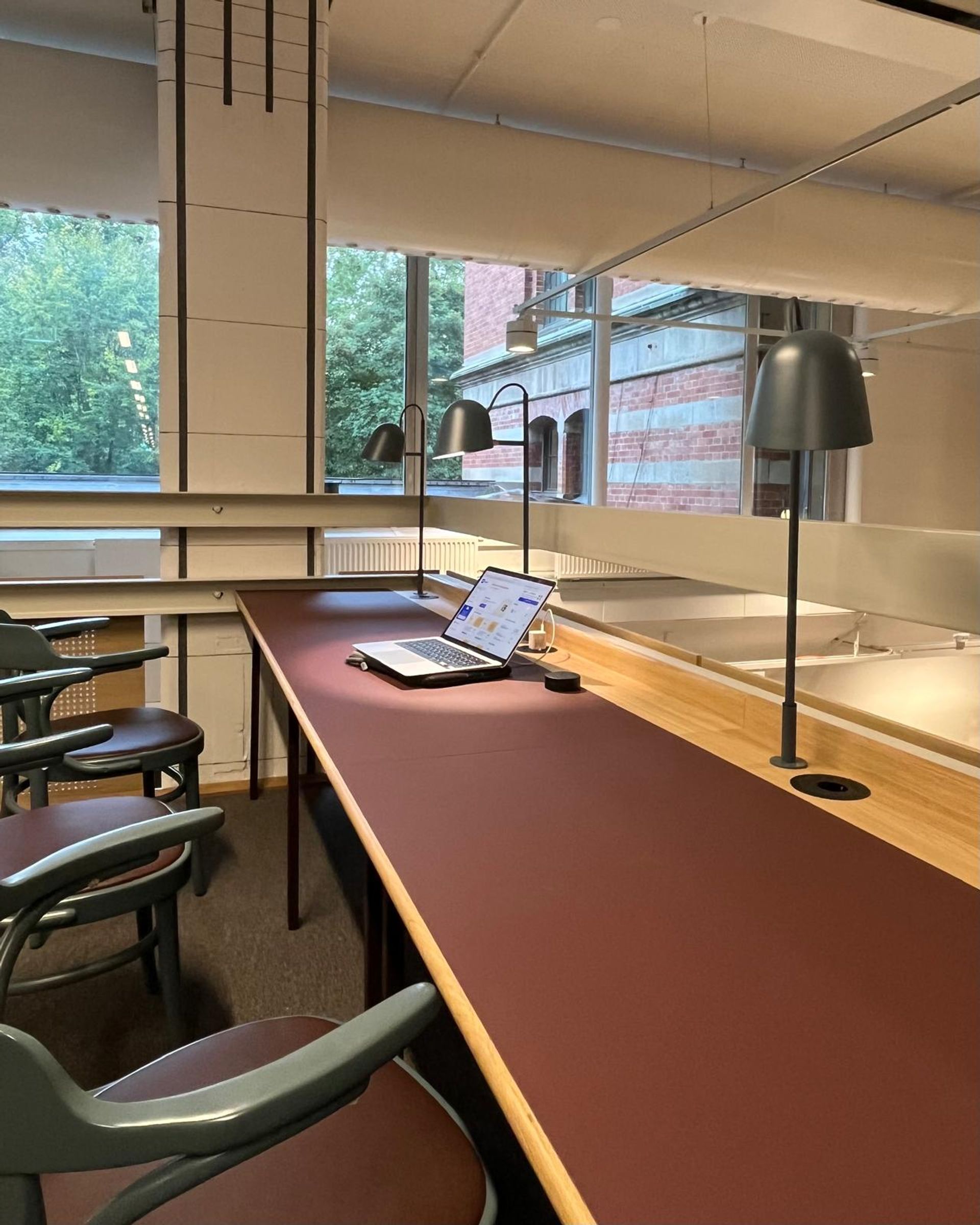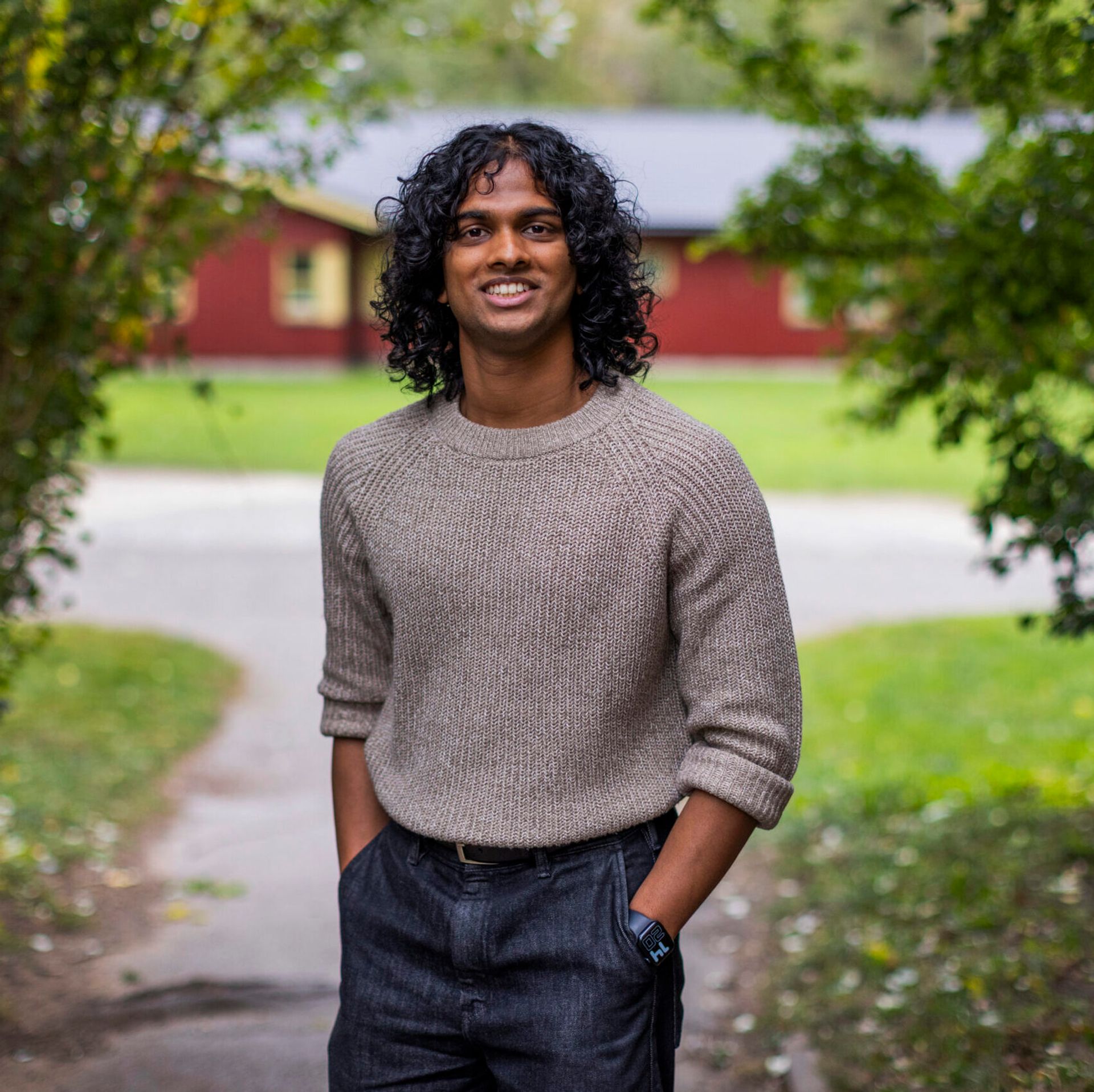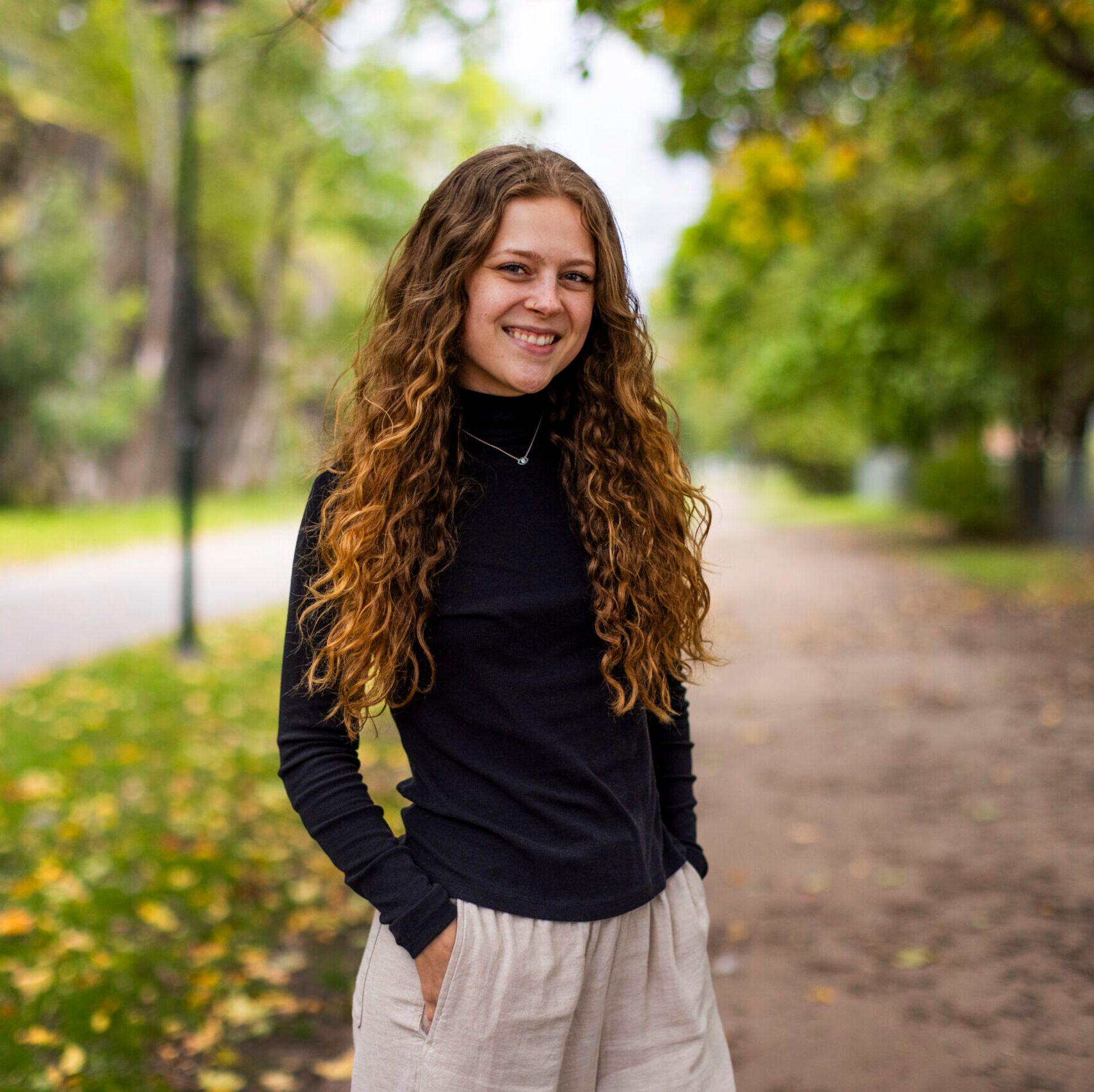
Written by Satu
27 Apr 2017
First of all, allow me to say happy birthday to our beloved Earth. Happy birthday, Earth! I don’t really know how old he is, but I am happy that we declare April 22 as Earth Day. Now to celebrate it, I will write about the best tree I’ve ever met. His name is Old Tjikko. He lives in Fulufjället National Park, Dalarna, Sweden. He is 9550 years old.
moreActually, his age is probably a bit more than that. I read about Old Tjikko in 2014 when I was here for work. The article said the world’s oldest tree is in Sweden and just recently been found. That year probably the first year I “evolved” into a nature person, so when I read the article, I was like, “I wanna meet this tree and shake his hand!”
Few months after that I learn that Old Tjikko is not the oldest tree but the third. As it is classified as clonal tree, and there are two older clonal trees. By clonal, it means the tree regenerate itself every certain period (Old Tjikko does that every 600 years). Surprisingly, in Wikipedia, it says the fourth oldest happen to be in Sweden too. Named Old Rasmus, and located in a national park not far from Fulufjället National Park. What a coincidence, right?
If you imagine a very big tree because we are told that the age of a tree can be seen from its tree-ring, you will be surprised to see that Old Tjikko looks really small and weak. Don’t judge a tree by its size, I guess.
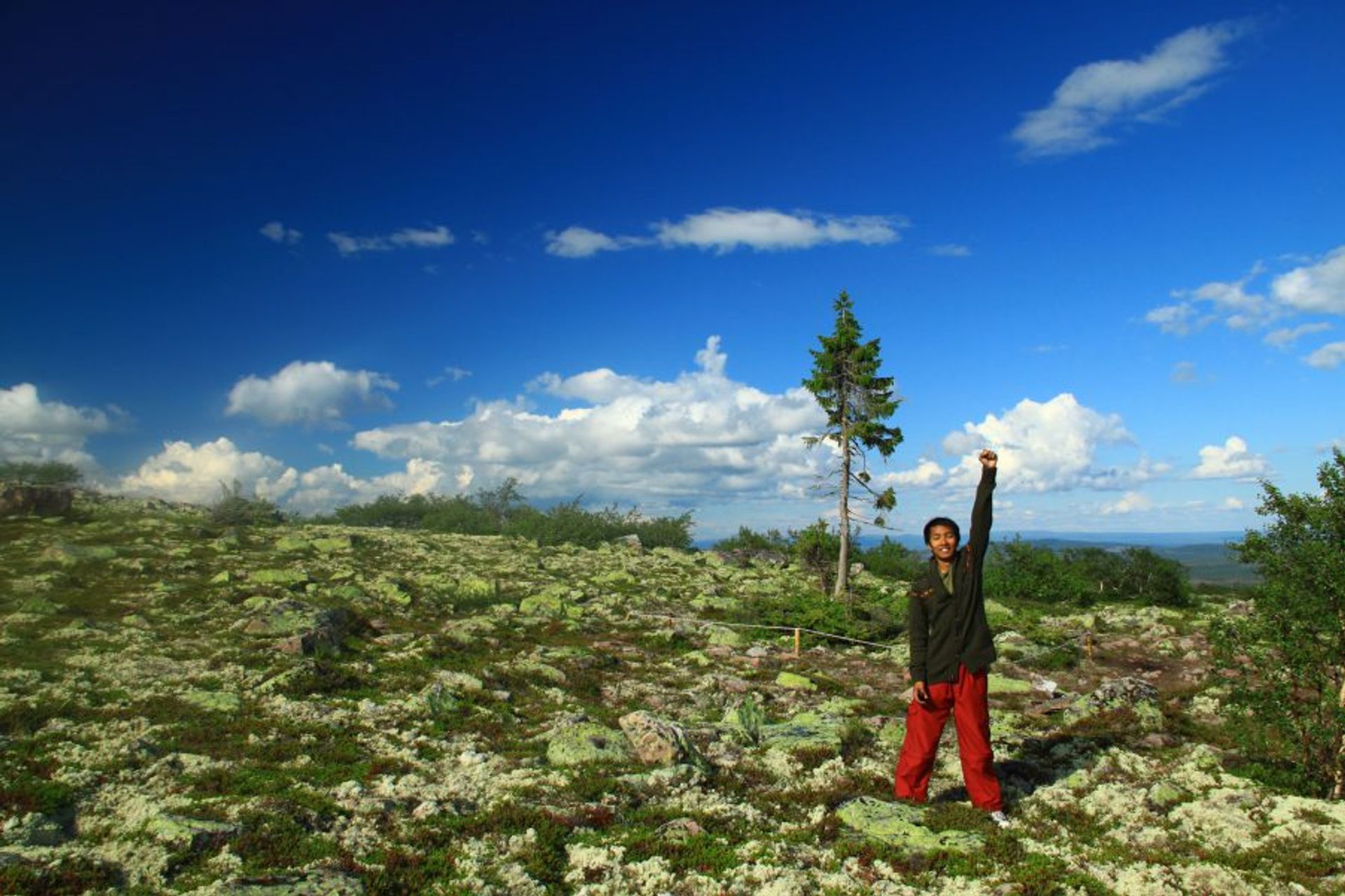
Fulufjället National Park
It is one of the 29 national parks in Sweden. All national parks are beautiful, but this one have two things that other parks don’t have. First is the Old Tjikko. Then it also has the tallest waterfall in Sweden. Now when you say “tallest”, the reaction you will give when you know how tall it is will depend on where you from. If you are from place with less waterfall, you probably amazed by that. This waterfall is called Njupskär and it is 93 meters-tall. Even though that number is cute compare to Indonesian waterfalls, I still think it worth a visit. After all, you don’t see that many waterfalls here in Sweden. Lakes and islands is another story.
The terrain inside the national park consist of two flat levels. When you walk in the entrance, you are 680m above the sea level. Few kilometers after that, you will see steep hills that leads to the “second floor” of the park with average elevation 900m. The highest ground in Fulufjället is 1040m.
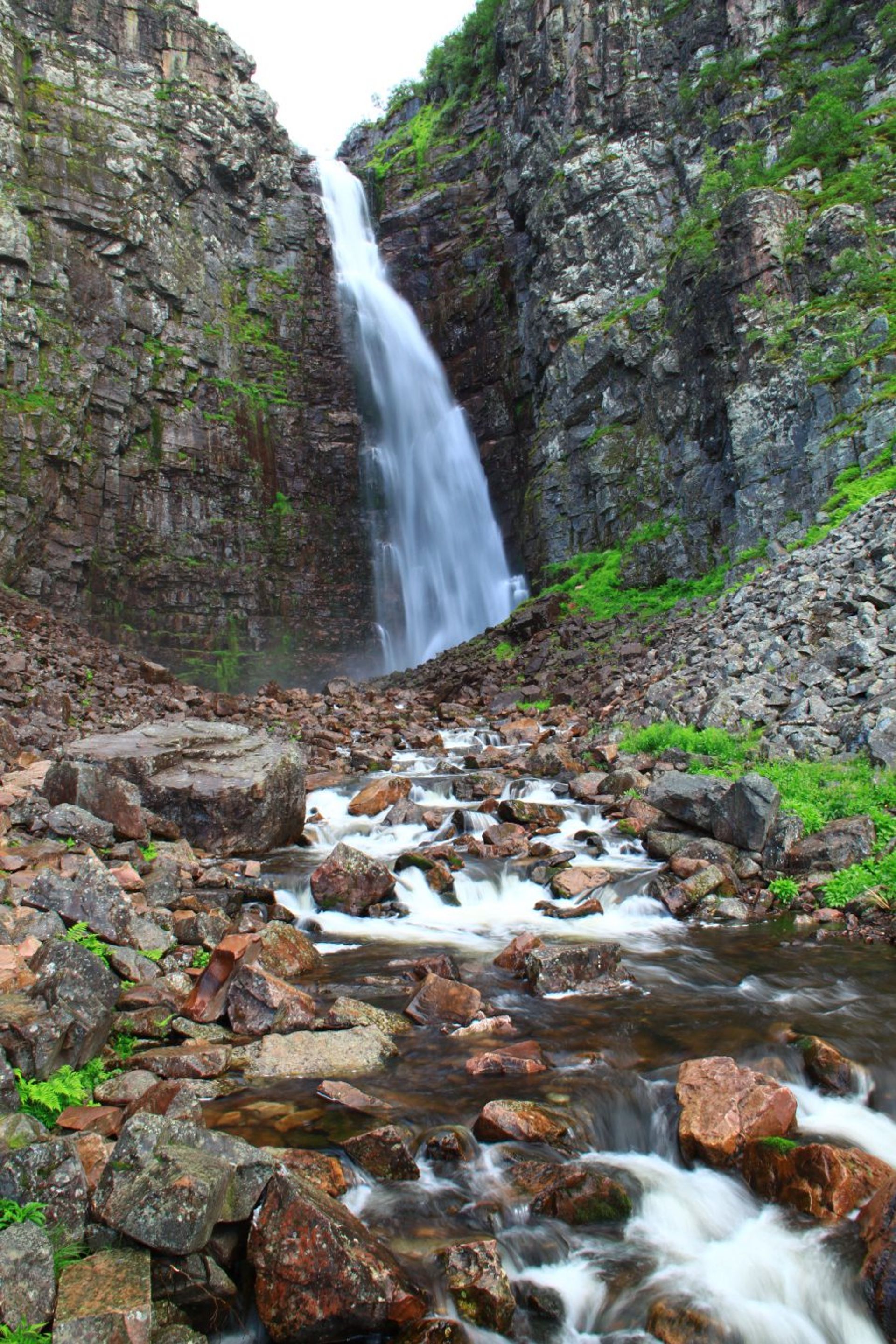
Like all national parks, there are few trails you can choose. The difficulty is not so tough in this national park. There is no path that leads to Old Tjikko, and there is no sign anywhere either. The national park did that on purpose to protect the special tree. You will have to ask the nature center or the ranger about the location. They will kindly tell you how to find it.
The park has several cabins for visitor to stay in. Some are free, so check out their website to know which one is which. They have beds but it is first come first serve basis. If you bring sleeping bag then you can just lay on the floor. It is warm enough. The cabin has dry toilet but no electricity. I guess the paid cabin have some but I am not sure. We stay in free cabin that time.
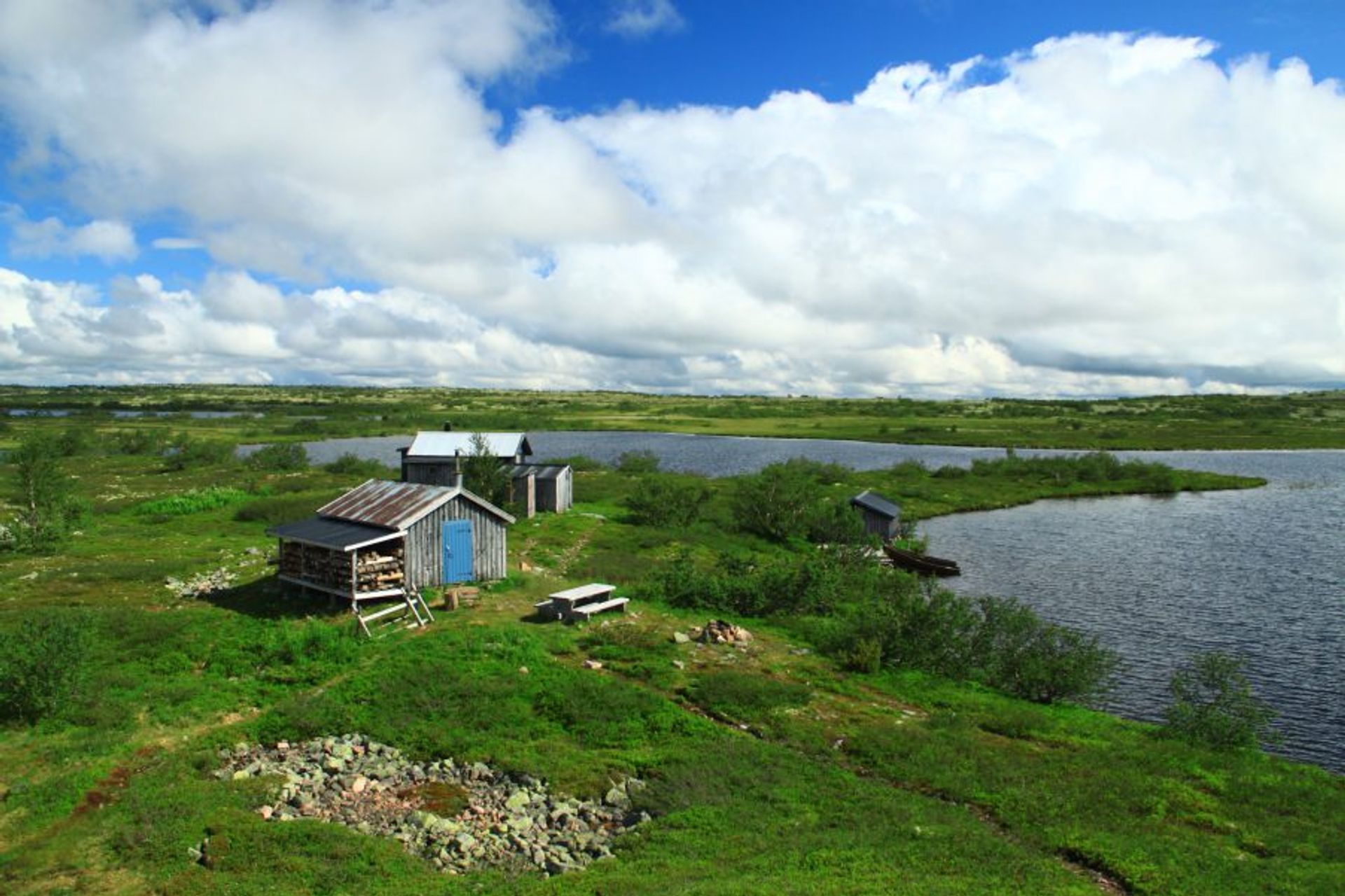
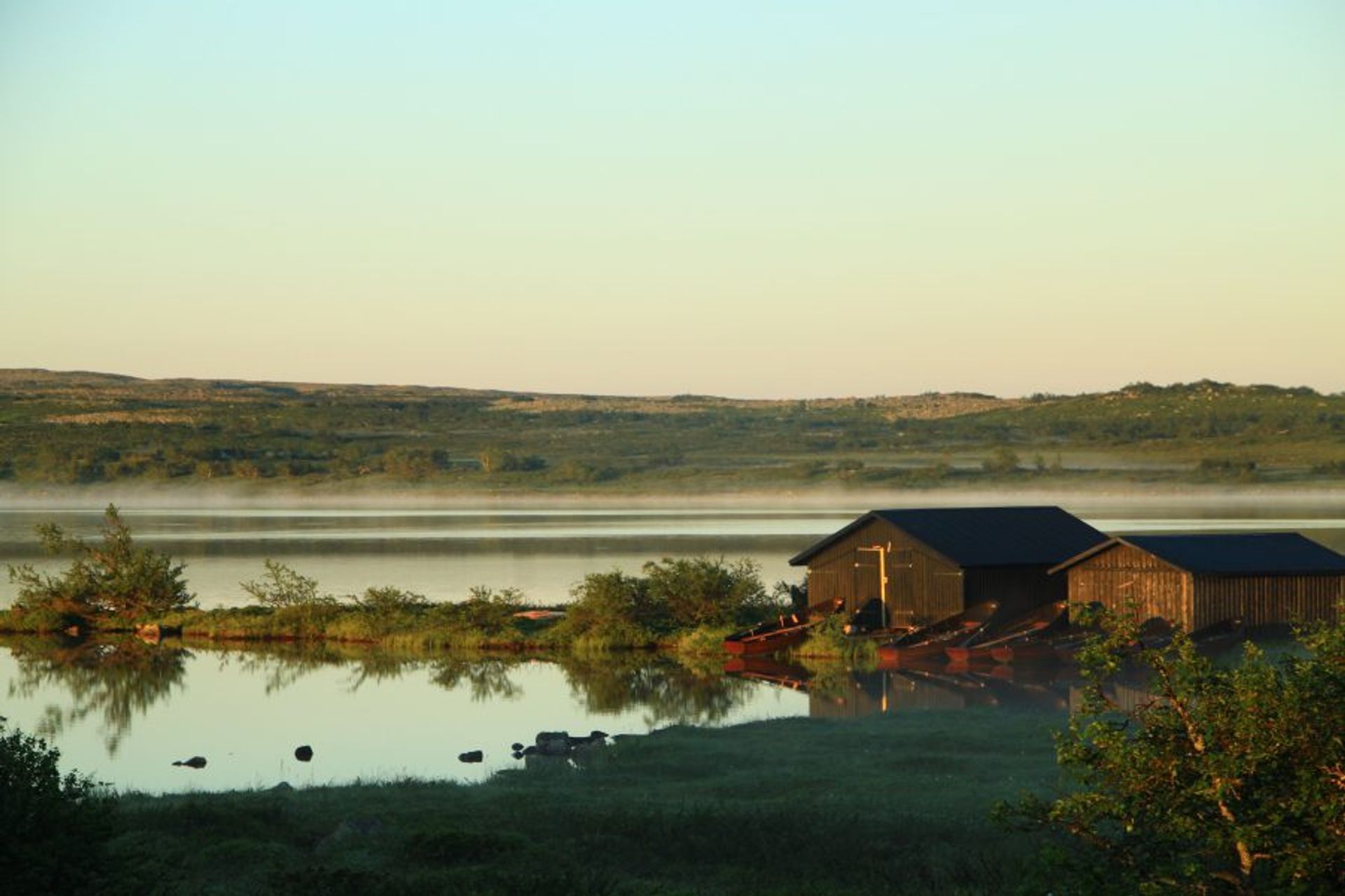
One more interesting fact about the park is that you can actually cross a border to Norway. The park located right in the border of Norway and Sweden. The highest peak in Fulufjället, if you walk few hundred meter to the west, you will be in Norway. However, you will not feel like it because there is no fence, no walls whatsoever as a border.
Getting there
Getting to Fulufjället National Park is not super difficult, but also not so easy. You can simply go to Swedish train website SJ and pick Stockholm to Särna. Särna is the closest point you can get by public transportation. Even though SJ is a train company, it has cooperation with the local lines (bus and tram). It will give you one price and tickets valid for as many connection as it takes from Stockholm (or wherever you start) to your destination. Usually the routes are: train from Stockholm to Mora, then bus from Mora to Särna. The further you go, the smaller the city. Mora and Särna offers sweet scenery too.
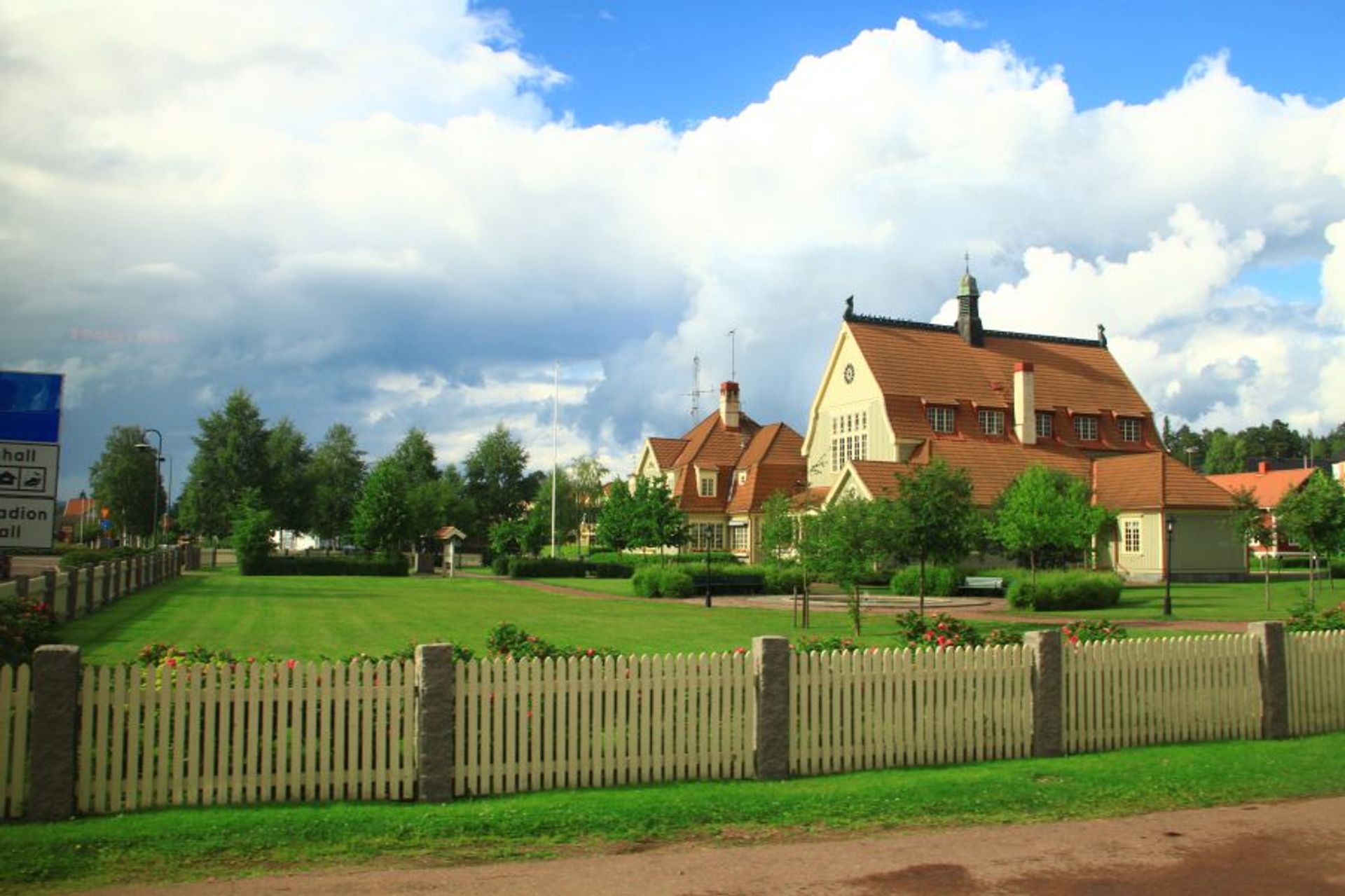
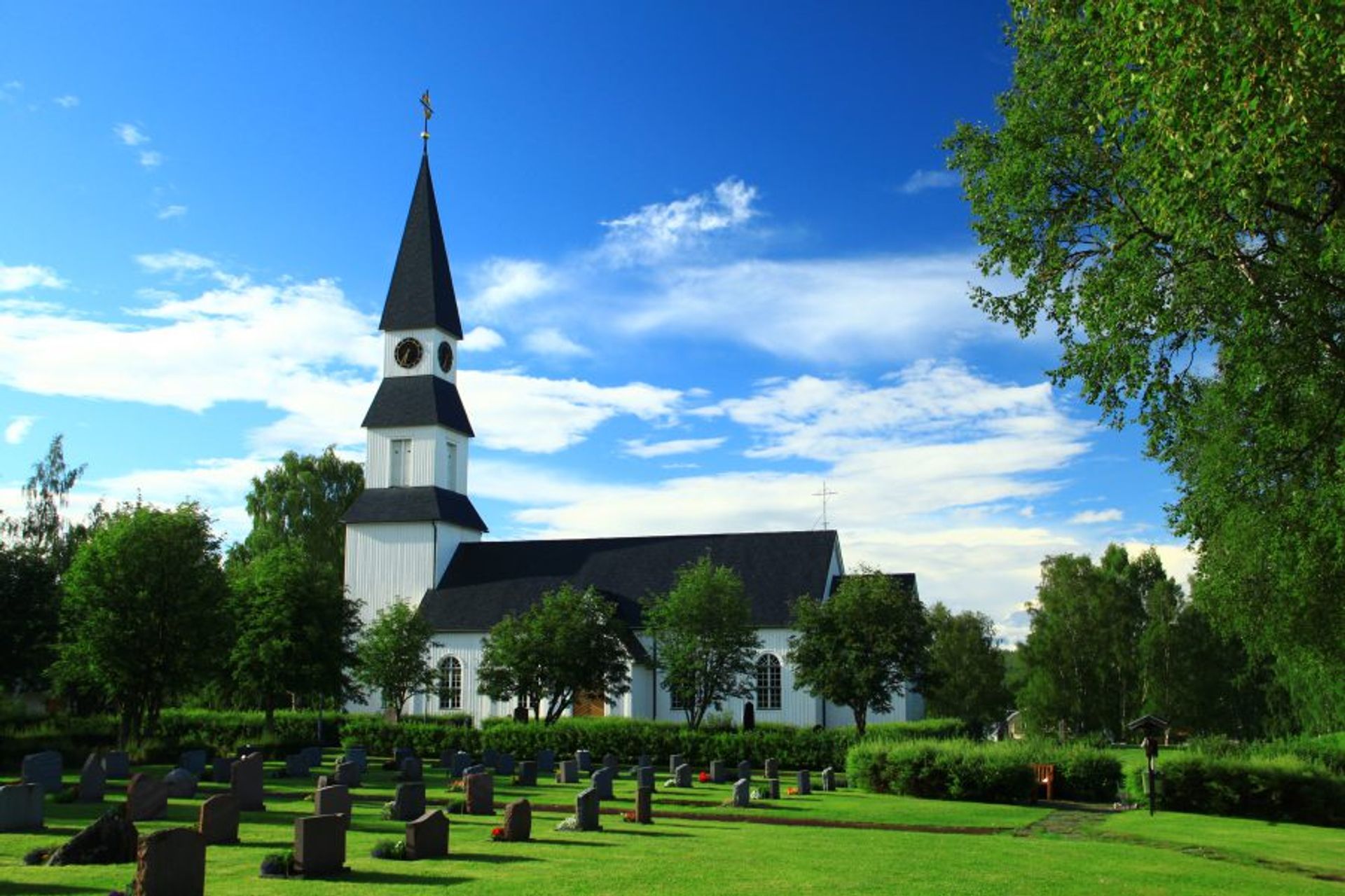
From Särna bus stop, the road to Fulufjället entrance is 26 km away. Without public transport, there are 3 options. Walk for about 6 hours, hitchhiking, or call up the Fulufjället nature center. I would say hitchhiking will be easy if it’s not late evening or early morning. There are not many roads and most car will pass a junction close to Fulufjället entrance. Me and Pablo (my travel buddy that time) called nature center to ask how to get there and they offer us a lift. We got lucky that someone works there happen to be in Särna by the time we arrive.
As final words, I would like to quote one Indonesian proverb: Dimana bumi dipijak, disitu langit dijunjung. The meaning is something like: wherever we live, we should respect and follow the local wisdom. In this case about forest and nature, I would change it to: wherever we live, we should find the nature around it.
Happy Earth Day!
